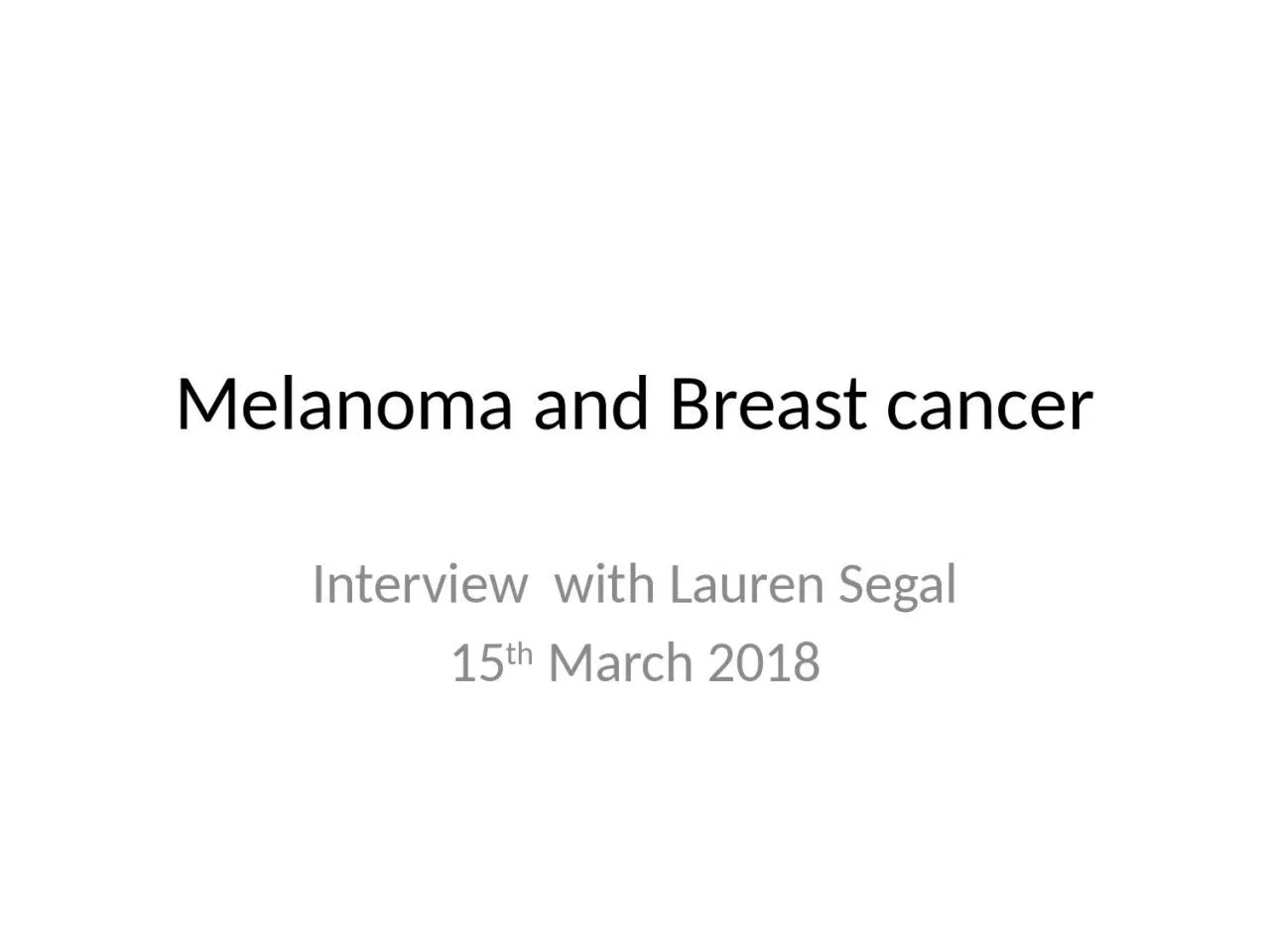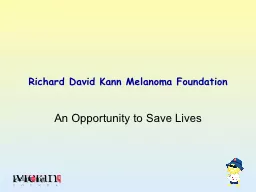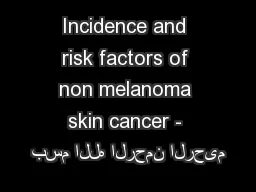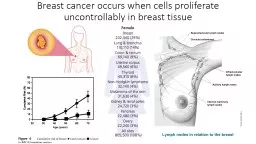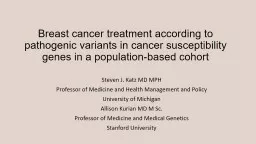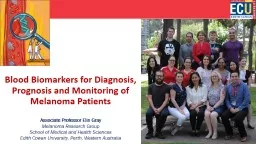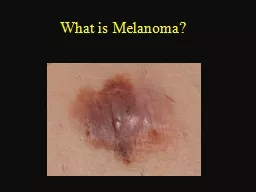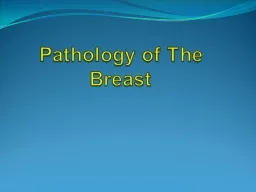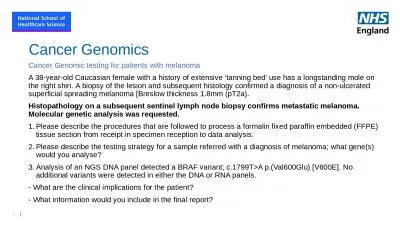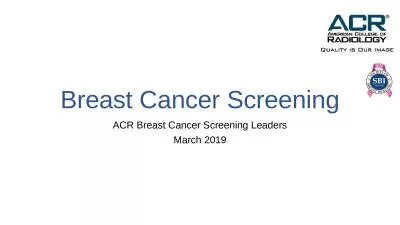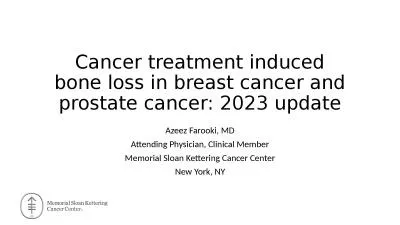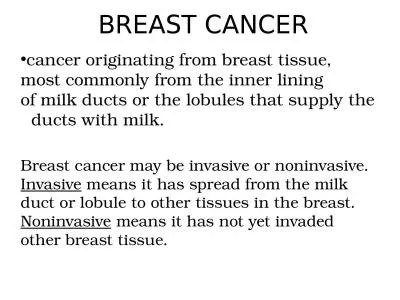PPT-Melanoma and Breast cancer
Author : Soulreaver | Published Date : 2022-07-28
Interview with Lauren Segal 15 th March 2018 Top 5 cancers South Africa Breast cervix Unknown Primary Colorectal cancer and Uterus Breast cancer 22 Life time
Presentation Embed Code
Download Presentation
Download Presentation The PPT/PDF document "Melanoma and Breast cancer" is the property of its rightful owner. Permission is granted to download and print the materials on this website for personal, non-commercial use only, and to display it on your personal computer provided you do not modify the materials and that you retain all copyright notices contained in the materials. By downloading content from our website, you accept the terms of this agreement.
Melanoma and Breast cancer: Transcript
Download Rules Of Document
"Melanoma and Breast cancer"The content belongs to its owner. You may download and print it for personal use, without modification, and keep all copyright notices. By downloading, you agree to these terms.
Related Documents

